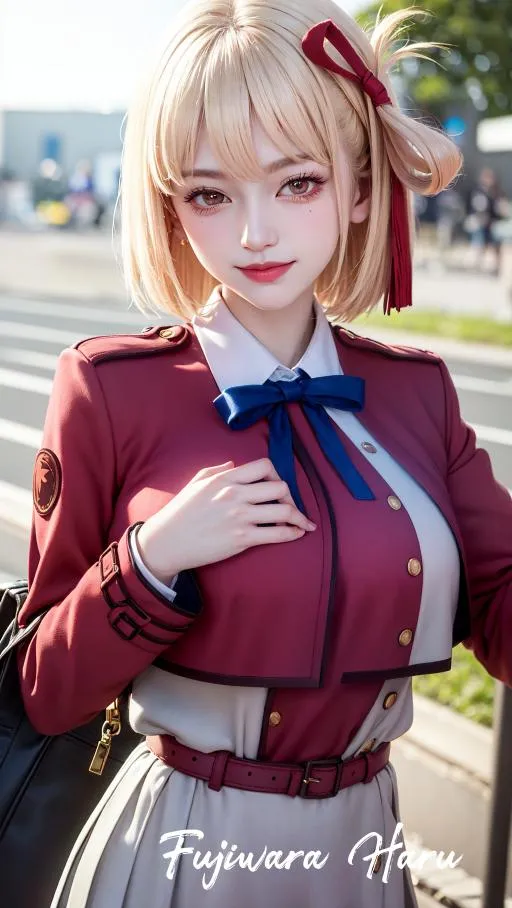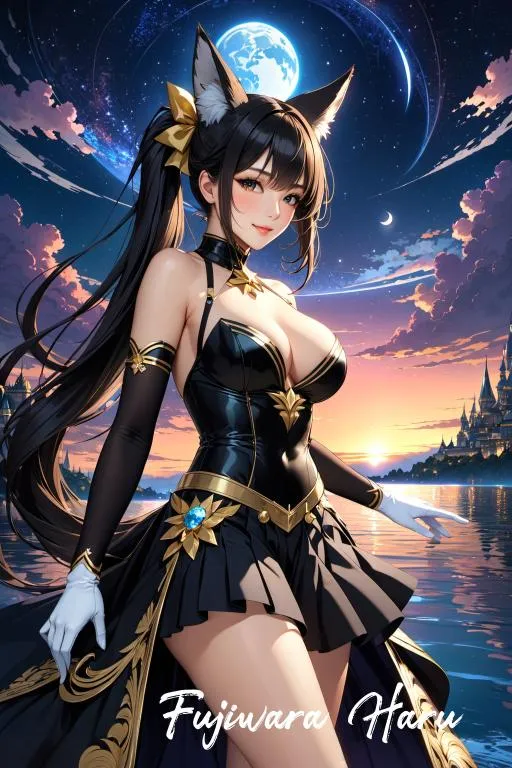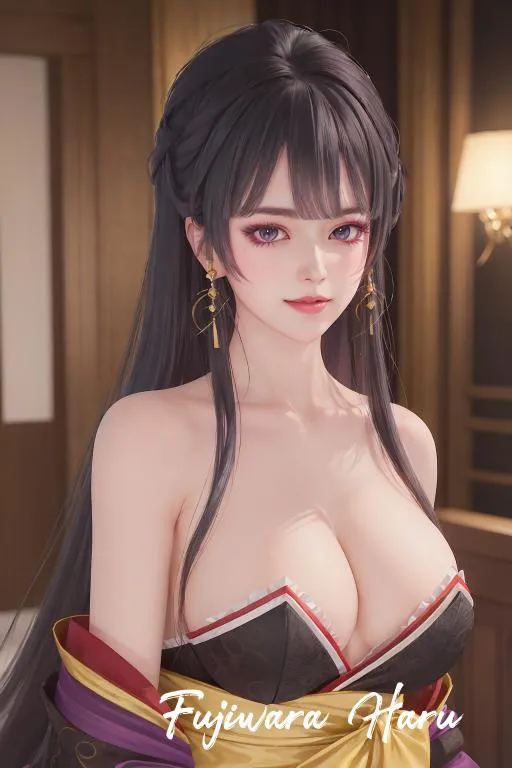Warning: This review contains full spoilers for Star Wars: The Acolyte Season 1, episode 3.
After a lot of references in the first two episodes to the events that shaped Osha and Mae’s life – and left both Osha and Sol assuming Mae was dead until now – the third episode of The Acolyte pivots 16 years into the past to fill in the details about what exactly occurred… sort of. Because even as we learn some notable details which explain more of the context for what occurs in the present, there are still some big questions left to be answered and new questions raised. The way this was done is partially intriguing (as one would expect the third of the season’s eight episodes to be) and partially frustrating, as The Acolyte continues to blend its strong overall plotlines with some rather messy storytelling.
It’s certainly interesting to see this coven that raised Osha and Mae (here played by Lauren Brady and Leah Brady) in the twins’ early years. They’re not technically a new thing – Star Wars: The Clone Wars cemented the existence of so-called Force witches in Star Wars canon via the Niightsisters, AKA the Witches of Dathomir as it turned Darth Maul into an actual character by exploring his origins, (and we’ve seen Nightsister Merrin in two Star Wars Jedi games). But even though we met Morgan Elsbeth on The Mandalorian and encountered her and a trio of additional live-action Nightsisters on Ahsoka, it’s likely that more casual Star Wars fans will still be surprised to hear the term “witches'' used in such a prevalent way in this galaxy. Ultimately, one might quibble about that specific word being slightly distracting, given its decidedly non-Star Wars origins (not unlike when Han Solo shouts “Then I’ll see you in Hell!” in Empire Strikes Back) but what these witches represent, in terms of the Force not being interpreted the same way for every being who uses it, is a welcome inclusion.
The magick used by the Nightsisters is connected to the Dark Side of the Force, though it’s unclear if the same goes for these Witches of Brendok, who don’t seem nearly as ominous when there’s nary a creepy green light to be seen as they display their power. However, given we’re told, “Some would consider our power dark, unnatural,” that remains nebulous. And regardless of whether the Jedi would consider what they were using to be the Dark Side or Light Side, these witches would reject the term “Force” being used at all for what they’re doing – they prefer the Thread.
This is a very appreciated addition to Star Wars, because for the most part, we tend to meet people who either very much believe in the Force or just dismiss it (until it smacks them across the face) as Han once did. But it makes sense that in a huge galaxy filled with thousands of inhabited planets, there would be some on which very different ways of understanding and using what we’ve always known as the Force would arise and that everyone wouldn’t just adhere to the same rules and beliefs, just as there are so many different religious beliefs on our own planet.
Also quite fascinating to contemplate is just exactly how Mae and Osha came to be. We learn the girls have no father and that while Mother Korril (Margarita Levieva) carried them, it was Mother Aniseya (Jodie Turner-Smith) who created them. Korril asking, “What happens if the Jedi discover how you created them?” tantalizingly indicates there is something dark – or at least something the Jedi would consider dark – about what Aniseya did. And of course, this echoes what we know of Anakin Skywalker’s seemingly immaculate conception, and begs the question of whether something potentially Sith or Dark Side-connected is a part of all of this. Going a layer deeper into the lore, it adds more intriguing evidence to the theories that have swirled about since Palpatine chatted with Anakin at the opera about Darth Plagueis.
All of that is red meat for Star Wars lore fans to dig into, but if that’s the light side of this episode, the dark is the parts that are far less compelling or fail to hit the mark. First off is the depiction of the witches’ accession ceremony, which is, unfortunately, pretty damn cheesy. It was clearly intended to be a deeply spiritual, powerful occurrence, but it just felt so goofy in the awkward way it was staged. The witches’ mantra – “The power of one! The power of two! The power of many!” – then being echoed and amplified in the actual musical score of the show, complete with choir, was one of those times The Acolyte felt really off in terms of capturing what I’d consider the classic Star Wars feeling. Yes, a choir was an awesome addition to John Williams’ “Duel of the Fates,” but its use here felt like self-parody, a la the choir intoning, “He's the Juggernaut! You can't stop this motherf**ker! Holy s**t balls!” in Deadpool 2.
Also, yes, obviously the specifics of what exactly happened to all the witches is meant to be an open question that we might get an answer to later this season, but what we saw made it quite confusing how anyone came to the specific conclusions they did. Why would Osha believe the witches all died in the fire when we saw a bunch of them laying there dead, yet decidedly unburned? On the flip side, why would Mae assume the Jedi killed them when we also didn’t see anything consistent with lightsaber wounds, at least any visible on camera? Yes, they were kids, but old enough to have some questions of this sort – or at the very least to ponder these questions later.
Sol is obviously hiding something from Osha about what really happened that night, and Sol and Torbin felt guilt about what occurred, so there almost certainly was some sort of confrontation between the two groups that resulted in the witches’ death. But is it as simple as the Jedi waltzing in and massacring the witches without provocation? Probably not. Most likely, the truth will be somewhere in the middle, perhaps manipulated or perpetrated by the Sith and/or Mae’s mysterious Master. Yet it feels like there was a way to depict the situation in this episode from different perspectives that would better allow for and back up Osha and Mae’s completely different interpretations.
Also, how exactly did Mae survive that huge fall that left Osha and Sol so sure she was dead? If she used the Force Thread to save herself, why not show us that? We just see her fall when the bridge collapses beneath her and then she pops up later just fine. What happened in between? (Shouldn’t two Force-users as closely connected as twins be able to feel when the other dies – or in this case, doesn’t?) This episode doesn’t really have a big fight scene like the first two, but showing what presumably was a harrowing escape for Mae could have been a good moment to include some action and add some more clarity to these events, unless there’s a reason to still keep it vague to hold off on a later reveal.
On top of that, some serious damage is done to Mae’s character as a tragic victim who turns to the Dark Side out of grief and fear of loss when she’s shown to very specifically want to kill Osha – she flat-out says it’s her intention and she started the fire outside Mae’s room on purpose, even if she didn't mean for it to spread. It’s one thing to say Mae had some darker tendencies that grew after losing those she loved and another to say she was innately homicidal (or sororicidal – word of the day!), even as a child. That again mirrors Anakin giving into hate when he slaughters the Tusken Raiders in Attack of the Clones, but at least he committed that murder spree to avenge his mother rather than to murder his own sibling to stop them from making their own choices in life.
To end on a high note, in terms of expanding what we know about the lore and history of this galaxy and the nature of the Jedi Order, the third episode of The Acolyte left us with much to think about. It was appreciated to get a different side of the story when it comes to Jedi going out in the galaxy to find Force-sensitive children to initiate into the Order, because it makes sense that plenty of parents would not just be cool with that if they weren’t living in slavery on a barren wasteland of a backwater planet like Shmi Skywalker was. Sol insists the Jedi don’t just take children but Indara proclaims they have “a right” to test Mae and Osha, while adding “with your permission” in a way that indicates it’s not a permission they were accustomed to being denied – or would necessarily respect if it came down to it. (It was nice to see more of Carrie Anne-Moss here, after Indara’s early death in the show’s first episode).
It would have helped to get even more of these specifics filled in, as Indara says the Jedi are concerned that children are being trained on Brendok and adds, “Republic law states…” before getting cut off. Does the Republic say no Force-sensitive children are to be trained unless it’s by official Jedi? There’s evidence here that the Jedi were exerting a lot of dominance and, if you’ll excuse the term, force when it comes to the children they investigate. Perhaps they’re not technically ordering tests and recruitment, but it’s made very clear that’s what they want to happen and that there might be consequences for refusing. Much to ponder, and hopefully these gaps will begin to be filled in more.






